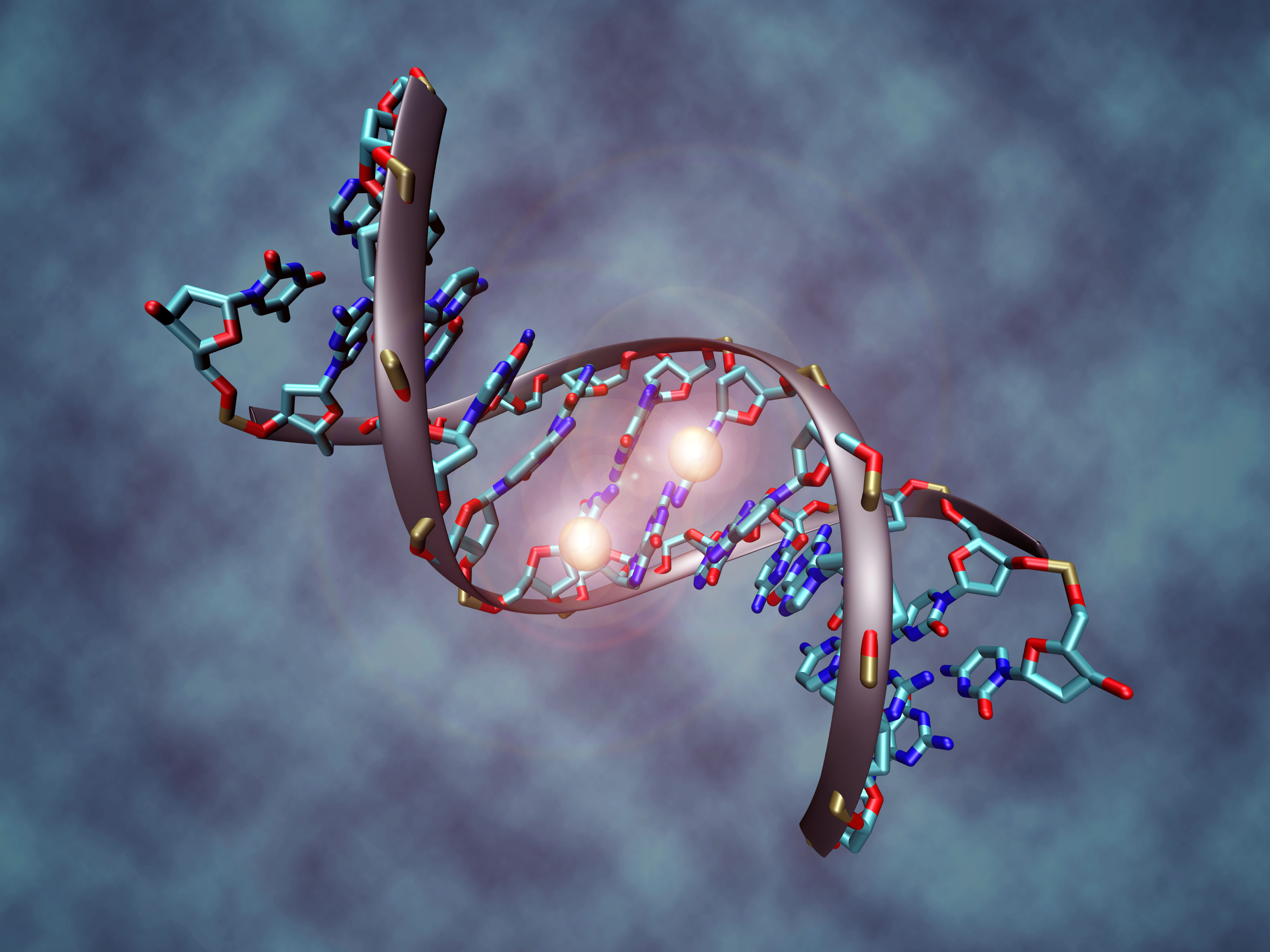Scientists for the first time have mapped out the molecular switches that can turn genes on or off in the DNA in more than 100 types of human cells, an accomplishment that reveals the complexity of genetic information and the challenges of interpreting it.
Researchers unveiled the map of the epigenome in the journal Nature on Wednesday, alongside nearly two dozen related papers. The mapping effort is being carried out under a 10-year, $240 million U.S. government research program, the Roadmap Epigenomics Program, which was launched in 2008.
The human genome is the blueprint for building a person. The epigenome can be thought of as instructions on how to follow that blueprint. If, for instance, someone's genome contains DNA associated with cancer but that DNA is "crossed out" by molecules in the epigenome, the DNA is unlikely to lead to cancer.



















With your current subscription plan you can comment on stories. However, before writing your first comment, please create a display name in the Profile section of your subscriber account page.